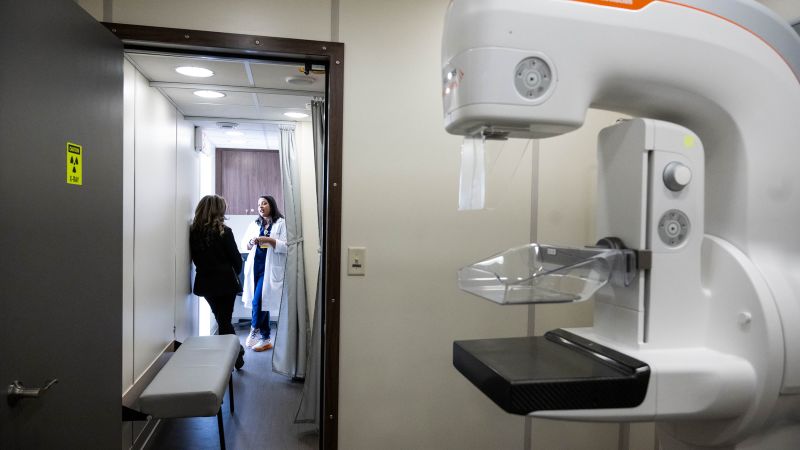
In a significant shift in breast cancer screening guidelines, the US Preventive Services Task Force (USPSTF) now recommends that women get mammograms every other year starting at age 40. This change comes after rising rates of breast cancer among younger women and the recognition that screening provides more benefit due to the higher risk of developing breast cancer in this age group.
The USPSTF, an independent panel of medical experts whose recommendations influence healthcare policies and insurance coverage, previously advised women to make an individual decision about mammograms between the ages of 40 and 49. However, with breast cancer rates on the rise among younger women, the task force has updated its guidelines to recommend regular mammography screening for all women starting at age 40.
The new recommendations apply to cisgender women, transgender men, and nonbinary people at average risk of breast cancer. The USPSTF continues to recommend biennial breast cancer screening for women up to the age of 74. Some organizations, such as the American Cancer Society and the American College of Obstetricians and Gynecologists, have already recommended mammograms for women in their 40s.
The updated guidelines bring the USPSTF closer in line with other health organizations' recommendations. However, some experts have expressed concerns over the lack of a recommendation for annual mammograms and additional screening options for higher-risk patients. For instance, Black women are 40% more likely to die of breast cancer than white women due to aggressive cancers at younger ages.
The new guidelines will require insurers to cover mammograms for women starting at age 40. However, advocates worry about high out-of-pocket costs for supplemental screening for higher-risk patients, such as those with dense breasts. These women often need additional imaging tests like MRIs or ultrasounds to detect breast cancer earlier and more accurately.
The USPSTF's decision to lower the recommended age for mammograms has been met with mixed reactions from the medical community and patient advocacy groups. While some applaud the change, others express concerns over potential harms, such as false positives or unnecessary treatments. The task force emphasizes that its recommendations are based on available scientific evidence and aim to balance lives saved against potential harms.




